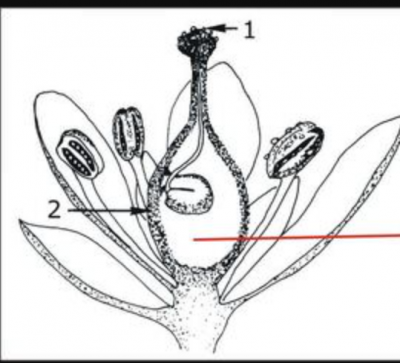Insects that goes through adult stage without becoming pupa are except ________
crickets
cockroach
grasshopper
bees
Correct answer is D
The first stage of incomplete metamorphosis is the egg. During this time, the insect will hatch into a form called a nymph.
The nymph is basically a small version of the adult insect.
How does an enzyme affect the rate of a reaction?
It lowers the activation energy of the reaction, increasing the reaction rate.
It raises the activation energy of the reaction, decreasing the reaction rate.
It lowers the activation energy of the reaction, decreasing the reaction rate.
It raises the activation energy of the reaction, increasing the reaction rate.
Correct answer is A
Enzymes lower the activation energy of a reaction, increasing the reaction rate.
In mosses the structure which performs the function of water absorption is the _________?
root hairs
rhizoids
capsule
hyphae
Correct answer is B
Mosses do not have a proper roots, but have threadlike rhizoids that anchor them to their substrate.
Rhizoids absorb water by capillary action, in which water moves up between threads of rhizoids and not through each of them as it does in roots.
hyphae are also important in the reproductive process in that they produce new spores while root hairs are important for the uptake of nutrients.
Which of the following factors can reduce the population of a community?
Immigration
edaphic
predation
mutualism
Correct answer is C
Predation include all interactions in which one organism consumes all or part of another. This includes predator-prey, herbivore-plant, and parasite-host interactions.
Migration is the movement of individuals of a species from one place to another.
Mutualism is the way two organisms of different species exist in a relationship in which each individual benefits from the activity of the other.
Edaphic factor is an abiotic factor relating to the physical or chemical composition of the soil found in a particular area.
Use the diagram to answer the question that follows

The part labelled 1 is the ________
carpel
sepal
petal
stigma
Correct answer is D
The part labelled 1 is the stigma and the part labelled 2 is the ovary.
JAMB Subjects
Aptitude Tests